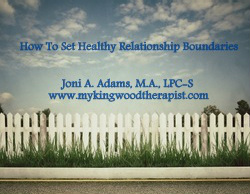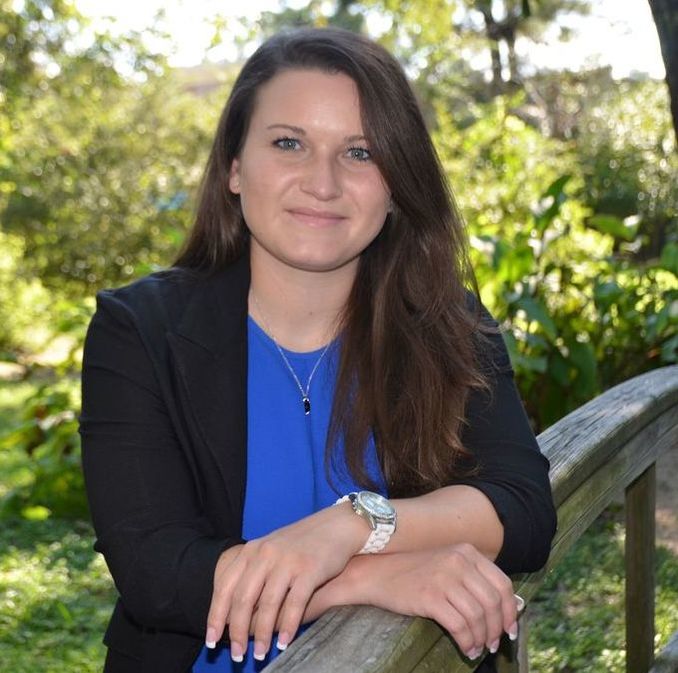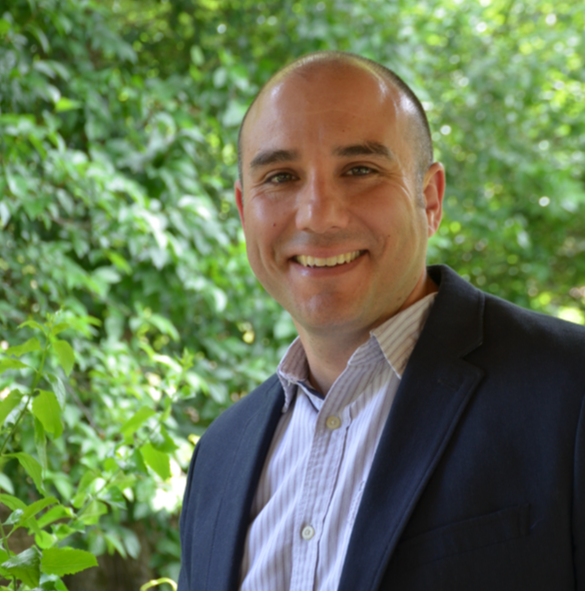Kingwood Psychotherapy & Assessment Center,
Professional Counseling and ADHD Testing
Professional Counseling and ADHD Testing
 Have you ever done something for someone you love that you didn’t really want to do because you thought they should have taken care of it themselves? Did you do it because you would feel guilty if you didn’t? What about saying “no” to someone and then regretting it because it made the other person angry or upset? Or, are you someone who makes a habit of “fixing” everyone else’s problems? If any of those scenarios sound familiar to you, keep reading… A lot of people struggle with setting appropriate boundaries in their personal relationships with others. These relationships include spouses, children, parents, siblings, friends and colleagues. In their best selling book, Boundaries, Dr. Henry Cloud and Dr. John Townsend write that healthy boundaries are designed to distinguish “what is me and what is not me.” Healthy boundaries separate your responsibility from the other person’s responsibility. When those boundaries are violated, there are always undesirable consequences.
How do we ascertain our responsibilities from others’ responsibilities? Dr. Cloud and Dr. Townsend create a visual image of “knapsacks” and “boulders” to help us make clear distinctions within our relationships with one another. “Everyone has responsibilities that only he or she can carry,” meaning that no one else can take responsibility for things that are in our knapsacks. Our knapsacks contain our personal belongings, such as our feelings, attitudes, beliefs, behaviors and choices that we are expected to carry without any help from others. In other words, you should not hold someone else accountable for your sadness, anger, guilt or any other emotional reaction you may have to a situation (that goes for happiness too, by the way!) By the same token, it is not appropriate to take personal responsibility for someone else’s emotions… those emotions belong in the other person’s knapsack and they must be expected to carry it on their own. However, life sometimes throws us curve balls that include problems and circumstances that are far too big and heavy to fit in our own personal knapsacks. For example, can you image a friend calling you to share that she was just diagnosed with breast cancer? How about a grief stricken family member that just lost their spouse? Those situations and circumstances are definitely “boulders” or “times of crisis and tragedy in our lives.” We should certainly allow others to help us when “boulders” present themselves in our lives. We should also be available and ready to help others during their times of crisis and hardship. In summary, our on-going task is to differentiate between what are and what are not our personal responsibilities. Are you occasionally or even habitually carrying someone else’s knapsack? When boulders arise in your life or in a loved one’s life, are you allowing others to surround and support you, and are you in turn reciprocating that support to others? Take a few minutes to create a simple list of examples in your current relationships that help clarify knapsacks from boulders. What do you notice about the list? Do you have healthy or unhealthy boundaries in your personal relationships? What steps can you take today to help you move toward more healthy boundaries? (Image courtesy of anankkml/freedigitalphotos.net)
1 Comment
|
Kingwood Psychotherapy &
|
|


